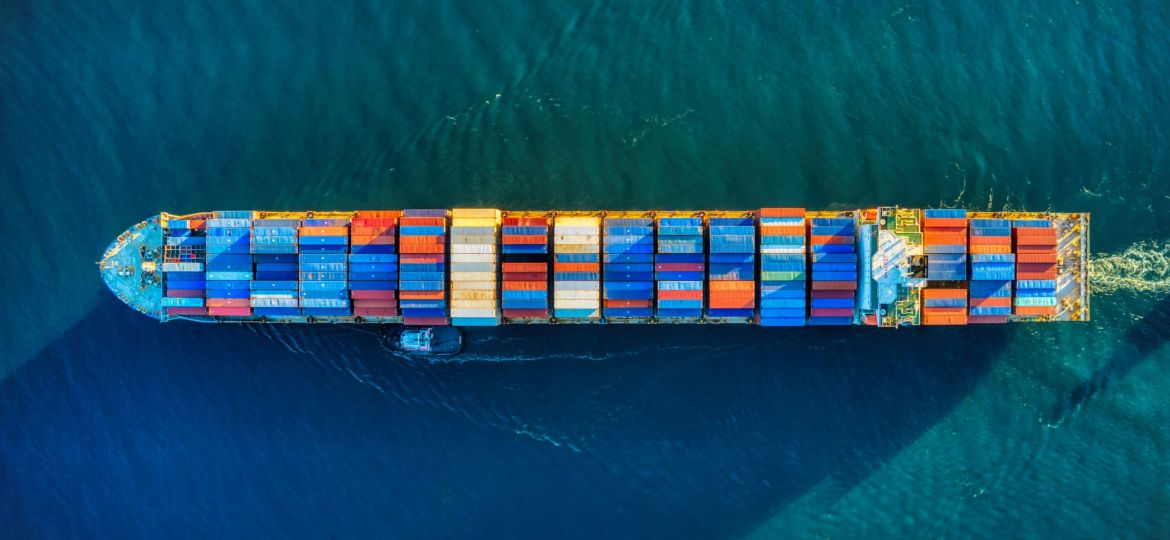
By Simon Steven, Sales Director, Clyde Presentation Packaging
Tariffs and trade policy aren’t usually the most glamorous topics in our world of premium packaging. Yet they’re the forces quietly shaping supply chains, material costs, and how brands get their products into the hands of consumers worldwide.
Right now, we’re seeing major policy shifts on several fronts — from the U.S. to India, China, and Europe — that are already influencing how we design, source, and deliver packaging for premium spirits, beauty, homeware, and gifting brands. While the headlines often sound grim, there are both risks and real opportunities for those who act early.
WHAT’S HAPPENING ON THE GROUND
United States: Universal Tariffs Return
In April 2025, the U.S. government introduced a baseline 10% “reciprocal” tariff on most imported goods, with additional duties of up to 50% on specific countries and products. The goal is to “level” trade relationships, but for global exporters it means landed costs can swing sharply from one quarter to the next. For premium brands sourcing materials or components from the U.S., this adds another layer of complexity to pricing and production planning.
India: Gradual Market Opening
India, traditionally one of the highest-tariff markets for premium goods, is beginning to ease trade barriers. A new India–U.S. agreement (expected to take effect late 2025) could see duties on Indian exports to the U.S. fall dramatically, while talks around the India–UK Free Trade Agreement (signed July 2025) will make cross-border trade smoother for British exporters.
For premium spirits and luxury brands, that could unlock significant growth potential — provided packaging, logistics, and compliance frameworks are already in place.
China and the EU: Fragile Balance
The global relationship between China, the EU, and the U.S. remains tense. A short-term U.S.–China tariff truce in mid-2025 saw reciprocal duties temporarily reduced to around 10%, but broader policy uncertainty continues to affect supply chains.
Meanwhile, Europe is tightening environmental and trade standards. The EU Deforestation Regulation (EUDR) — which will start applying from 30 December 2025 for large companies — requires proof that materials such as paper and board aren’t linked to deforestation. And the UK’s Carbon Border Adjustment Mechanism (CBAM) is being phased in from 2026, meaning imports of carbon-intensive materials will face higher costs unless traceability data is watertight.
Packaging Materials Under Pressure
For packaging manufacturers, glass and speciality papers are feeling the squeeze. Anti-dumping measures on certain glass types (especially from Asia) and tightening EU environmental compliance are increasing costs. At the same time, deforestation and carbon-tracking rules are forcing suppliers to invest in new certification systems — costs that inevitably flow downstream to brands.
What This Means for Premium Brands
Volatility is the New Normal
Landed costs can now shift by 5–15% almost overnight, depending on region and category. For brand owners, that impacts pricing, margins, and even product tiering.
Lead-Time and Capacity Risks
Tariff uncertainty and regulatory complexity are rippling through the supply chain. Some raw materials — especially high-grade boards and decorative finishes — may become harder to source at short notice.
Compliance Complexity
Between CBAM, EUDR, and local traceability laws, packaging now needs to prove where it comes from and how it’s made. “Looking good” is no longer enough — every pack must carry an audit trail.
Growth Frontiers Are Shifting
Markets such as India and Southeast Asia are becoming more attractive as barriers ease and consumer demand rises. However, these climates require packaging designed for higher humidity, different shelf conditions, and unique labelling regulations.
Where We See Opportunity
Smarter Pack Design
Engineering packaging with local material options allows brands to pivot quickly if one input suddenly becomes tariff-heavy or restricted.
Supply Optionality
Diversifying suppliers for glass, closures, and cartons builds resilience and keeps production running even when certain routes are disrupted.
Market-Ready Formats
Creating adaptable designs (with clear label zones, modular components, and region-specific compliance space) lets brands move faster when new export opportunities emerge.
Sustainability as Strategy
Complying early with EUDR and CBAM isn’t just about regulation. It’s a statement of intent that builds trust with retailers and consumers while reducing exposure to future cost spikes.

How Clyde Is Helping Clients Prepare
Tariff & Trade Risk Reviews
We map how current and proposed duties could affect packaging costs and production timelines, helping brands forecast with confidence.
Design-for-Optionality
We re-spec hero packs to ensure tariff-resilient alternatives that uphold luxury standards while mitigating supply-chain risk.
Market-Entry Packaging Workshops
From India to North America, we help brands develop packaging formats that meet both consumer expectations and local compliance rules.
Supplier Bench-Strengthening
We identify and onboard backup raw material partners across the UK, EU, and beyond — giving clients peace of mind that production can continue uninterrupted.
Looking Ahead
Tariffs aren’t going away. If anything, the global environment suggests more volatility ahead as governments pursue protectionist and sustainability-linked policies in tandem.
But disruption doesn’t have to mean decline. For brands willing to rethink how they design and source packaging, tariffs can be a catalyst for leaner, more resilient, and more sustainable supply chains.
At Clyde, our focus remains helping brands thrive in this evolving reality — building packaging that protects margins, adapts to shifting markets, and delivers the premium experience consumers expect, no matter where in the world it lands.
Sources (Accessed October 2025)
- White & Case LLP – President Trump Orders 10% Global Tariff and Higher Reciprocal Tariffs (Apr 2025).
- Kiplinger Finance – What’s Happening with Trump Tariffs in 2025? (Apr 2025).
- Yale Budget Lab – The State of U.S. Tariffs, June 2025 (Jun 2025).
- Reuters – Key Facts About the India-UK Free Trade Deal 2025 (23 Jul 2025).
- Livemint – India-U.S. Trade Deal Likely Soon; Huge Tariff Cuts on the Horizon (Aug 2025).
- China Briefing – U.S.–China Tariff Rates Update 2025 (May 2025).
- European Commission Green Forum – EU Deforestation Regulation Implementation Timeline (2025).
- UK Government Policy Update – Carbon Border Adjustment Mechanism (CBAM) Consultation (Apr 2025).
- Confor – Packaging and the EU Deforestation Regulation (EUDR): Clarification and Impact (2025).
- Bloomberg – Anti-Dumping Measures on Glass Imports from Asia Add Cost Pressures (Jun 2025).

